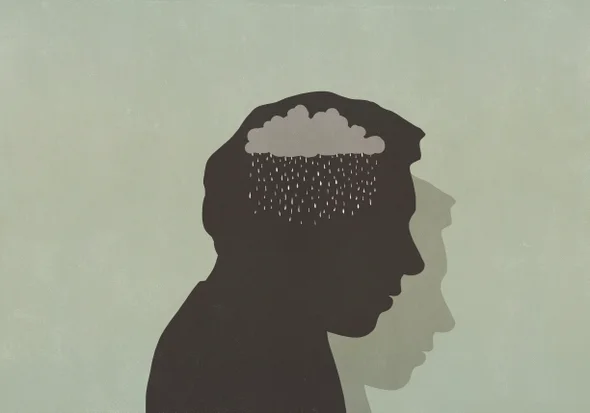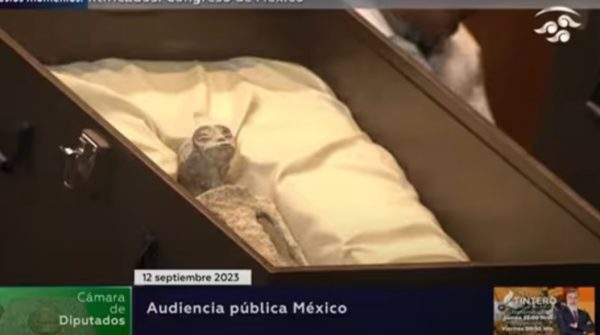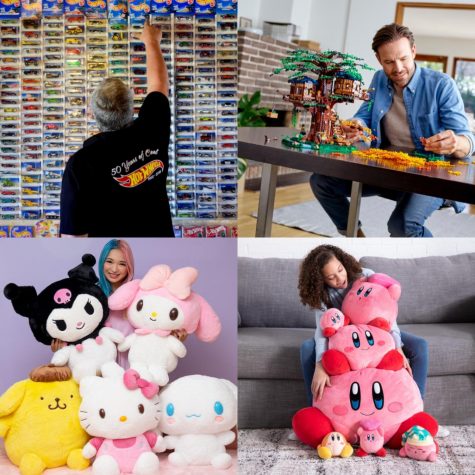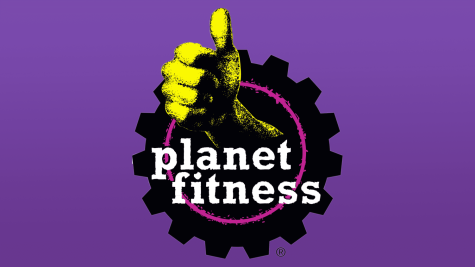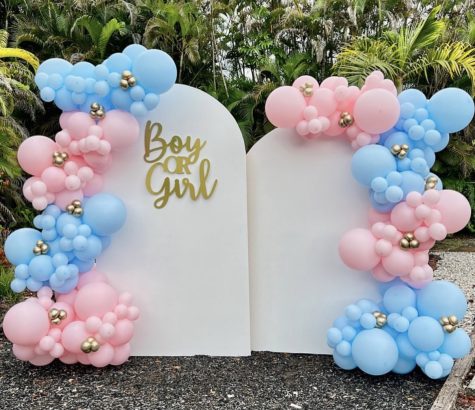Disney Point-and Counterpoint

May 31, 2022
Mr. Dietz – Against Disney
In the childhood of everyone I know, there’s a Disney memory; most have many more than one. In fact, in some sense, Disney and childhood have been deeply intertwined for almost a century now. And what could possibly be wrong with a megacorporation providing cute, memorable animations about talking animals, solving problems and learning to love each other? Maybe a lot.
Psychologists seem to agree that the first eight years are “especially crucial for… social-emotional development”1 This is the time of our lives where 90% neural connections are formed. Because animations are so engaging during these early years, animated films are especially powerful tools in writing those connections2. As the King of Animation, what is Disney writing in those connections? Admittedly, they provide strong messages about socially-beneficial traits like perseverance, friendship, and loyalty. But, they also ingrain social-emotional messages that aren’t as positive.
Let’s see how long it takes you to identify the Disney princess. Which princess has an hourglass figure? Hmm… all of them. Has childlike features like large eyes? Yeah, all of them. Has long hair? That doesn’t help either. What if I asked which Disney princess is Native American? Now! That’s Pocahontas. Chinese? Mulan. African-American? Tiana. Pacific Islander? Moana. Caucasian? Ariel. Oh, wait. Aurora. And Belle. Merida. Cinderella. Snow White…
The point is Disney gives girls a clear message that women should focus on becoming beautiful princesses. In addition, the childlike features lead to what is called the “babyface overgeneralization effect:” we treat people with childlike facial features as children, rather than adults.3 So, in addition to needing to be a specific race and body type, Disney suggests that girls will only be successful if their okay being treated like children throughout their lives. While different in important ways, boys receive similar treatment by Disney. Intelligent, articulate male characters (think Milo from Atlantis) are mocked and shoved aside by handsome, strong, silent Prince Charmings. And don’t even get me started on what Disney’s done to the concept of “true love.”
I could go on, but I think the idea is clear. Disney’s effect on the social-emotional development of generations of children hasn’t been entirely positive. It may be time to allow someone else to teach our children how to become healthy and productive people.
Danielle Andrew – For Disney
Children are very easily influenced by their environment and experiences, and Disney takes full advantage of that. Although I was never a big movie person, I remember loving watching Disney movies as a kid. I was never the “princess” kind of little girl; I wanted to be a cat, bird, or dragon and would even draw and pretend to be one. However, as I was into drawing, I was often more likely to pay attention to the details on how the animators would draw and paint (or animate) environments, expressions, and character design. I also admired a story with valuable lessons and reasonable morals. I believe Disney had a partial influence on how I myself learned to use storytelling, worldbuilding, and narrating techniques through the use of their own films and devices. I was fascinated how characters or ideas could be portrayed, how the art of storytelling could include made-up people and places and portray them in a way that made me care about them. For these reasons, I have loved the recent films Raya and the Last Dragon, the Wreck-it Ralph series, Encanto, the Frozen series, Moana, Big Hero 6, and Onward.
One movie, though, struck me on quite a different chord than most others. Now, as I said before, I was never a big princess kinda gal, but Frozen hit me differently. The first in the Frozen series flipped what stories looked like to me. Normally, in most stories, the villain is the one who has magic or happens to be of some higher power and the protagonist has nothing more than a friend or sword to help them on their journey. In Frozen, however, it ended with the “hero” and “villain” switching roles in a dramatic plot twist. Elsa, one of the main characters, was too afraid to try and explain that she wasn’t the enemy, as she had been isolated and became defensive, accidentally hurting her sister in the process. As the movie goes on, Hans, the foreign Prince, continues to project himself as the hero, but leaves Anna to die and attempts to kill Elsa, hoping to usurp her and take control of Arendelle. This dynamic between people with magic wanting to do the right thing but being discriminated against, excluded, or forced into a defensive position by “normal” people was interesting to me. In what ways are you supposed to incorporate someone with a specific “disability” or abnormal quirk, just something that sets them apart from the general population, into society? How are they supposed to cope with their differences?
Though the dynamics in Frozen intrigued me, it was the hidden backstory behind such dynamics that caught my attention. It turns out that in the beginning of the storyboarding, the character relationships were akin to those in other stories, as the film was based on the 1844 classic fairy tale Snow Queen by Hans Christian Andersen. In Snow Queen, the protagonist is magicless and the antagonist has magic. However the Creative Executive Officer for Walt Disney at the time, John Lasseter, saw an opportunity to take this film from another Disney-fied fairy tale to the representative, unique piece it is today. It turns out that the reason for the change in the story was actually something that was very personal to me. It came to light that one of Lasseter’s sons was diagnosed with Type 1 Diabetes, a lifelong auto-immune disease, at a young age. This made him think about the way the characters were represented. The villain is usually the different one, either mentally or physically; the hero is the unlikely underdog. Though it’s inspiring to think about how we as mere humans can conquer enormous tasks, it’s not as cool to murder a human being just because of their differences. Why does the not-so-average person get degraded just for the differences they were born with? I myself have Type 1 Diabetes, and though I’m usually pretty proud of it, sometimes I’m ashamed because I’m different or have to use a syringe in public. When I was about nine, I was beginning to think that Diabetes disqualified me from being who I wanted. I thought that a dysfunctional organ, that less than half of people have heard of, made me a bad person. Frozen, and by extension Disney, taught me that I don’t have to stay behind. People don’t need to pity me because I’m different; I can still choose who I want to be. So, I believe I can argue that Disney has been trying to be more inclusive, straying away from the stereotypes of the past and adopting the quirks and dynamics of today’s world, which brings me to my next point.
Connections are vital for us humans to communicate and be happy. In the last decade or so, Disney’s feature-length animations and cartoons have shifted from the concept of romantic love to love as it’s found in friendships, family, and community. This shows how Disney has instead focused on the individual’s issues such as self-love, grievance, adversity, broken family ties, or crumbling friendships. Not every Disney movie is a princess film anymore. Disney films have matured, for better or worse, to help their audience connect. Disney movies allow many of us to easily communicate what we think and feel. Because of this, Disney is more than its past. Their movies have always, and will continue, to reflect the values of the current day; representing more diverse populations now more than ever. This diversity, and the art style, is why I think that Disney isn’t as horrible as it’s made out to be, and can be a source of joy for so many of us.
In closing, Disney has given me quite a few fond memories and relationships to look back on, and I do believe it can provide me with solid and inspirational entertainment.
Walt Disney himself once said, “Laughter is timeless, imagination has no age, and dreams are forever.”

